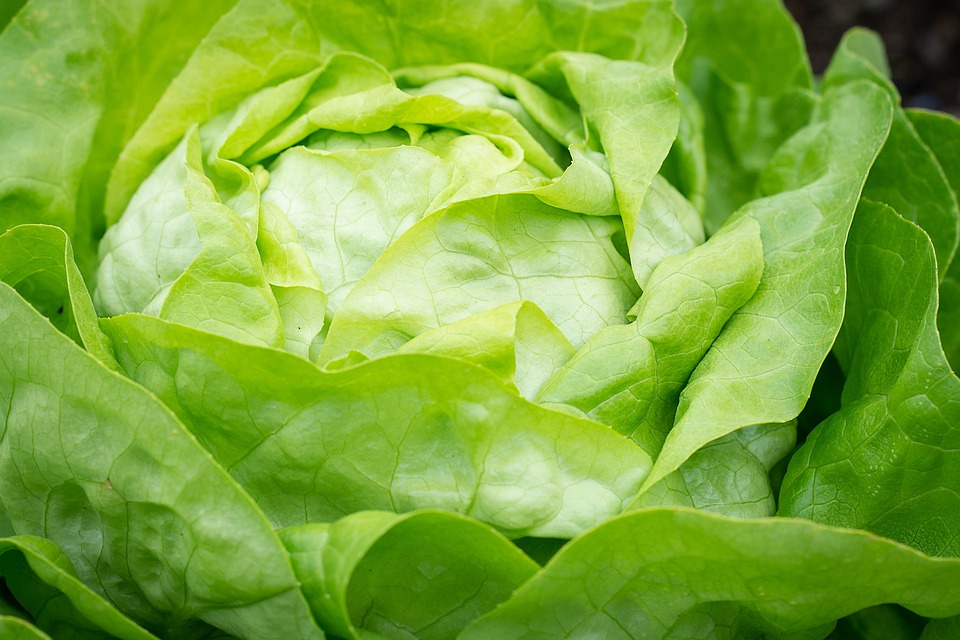Introduction
Edible gardening, also known as kitchen gardening, is a rewarding and fulfilling activity. It allows you to grow your own organic fruits, vegetables, and herbs, right in your backyard.
Not only does it provide you with a fresh supply of nutritious food, but it also brings you closer to nature and helps reduce your ecological footprint.
If you’re a beginner in the world of edible gardening, fear not! This article will guide you through some essential tips to set you up for success.
Choosing the Right Location
The first step in edible gardening is selecting a suitable location for your garden.
Look for an area that receives at least 6-8 hours of sunlight per day. Most edible plants thrive in full sun.
Also, ensure that the chosen spot has access to water, either through a hose or convenient proximity to a water source.
Selecting the Right Plants
When starting your edible garden, it’s essential to choose plants that are well-suited to your climate and the available space.
Research different plant varieties and their requirements.
Consider factors such as your region’s climate, average temperatures, and frost dates.
Additionally, take note of your garden’s size and choose plants that can thrive in the available space.
Preparing the Soil
Healthy soil is the foundation for successful edible gardening.
Start by removing any weeds or unwanted grass from the garden area.
Loosen the soil using a garden fork or tiller and amend it with organic matter such as compost, well-rotted manure, or composted leaves.
This will enhance soil nutrient levels, drainage, and overall structure, ensuring your plants have the best growing conditions.
Planting and Maintenance
Follow the planting instructions for each specific plant you choose.
Some plants may require starting seeds indoors before transplanting, while others are directly sown into the ground.
Pay attention to the recommended spacing between plants to prevent overcrowding and allow sufficient air circulation.
Once your plants are established, regularly water them as needed and provide adequate support or trellises for climbing plants.
Harvesting and Enjoying the Rewards
One of the most exciting aspects of edible gardening is harvesting your homegrown produce.
You’ll enjoy the flavors and freshness of your harvest, which surpass anything you can find at a grocery store.
Harvest fruits and vegetables when they are at their peak ripeness.
Herbs are best picked before they flower to capture their full flavor.
Remember to share your abundance with friends and neighbors if you have a surplus!
FAQs Section
Q: How often should I water my edible garden?
A: The watering needs of your garden depend on several factors, such as the plant type, soil moisture retention, and weather conditions.
As a rule of thumb, monitor the soil moisture and water when the top inch of soil feels dry.
Deep, infrequent watering is generally better than frequent shallow watering as it encourages deep root growth.
Q: How can I protect my plants from pests and diseases?
A: Integrated pest management practices can help minimize pest and disease issues.
Encourage natural predators like ladybugs, lacewings, and birds to control pests naturally.
Remove any diseased plants promptly and dispose of them away from your garden.
You can also use organic pest control methods such as neem oil or insecticidal soaps as a last resort, but always read and follow the instructions carefully.
Q: Is it possible to have an edible garden in a small space?
A: Absolutely! Even in small spaces, you can grow a variety of edible plants.
Consider using vertical gardening techniques, such as trellises or hanging baskets, to maximize space utilization.
Focus on compact plant varieties or those that are suitable for container gardening.
Herbs, salad greens, and some vegetables like cherry tomatoes and peppers can thrive in small spaces.




